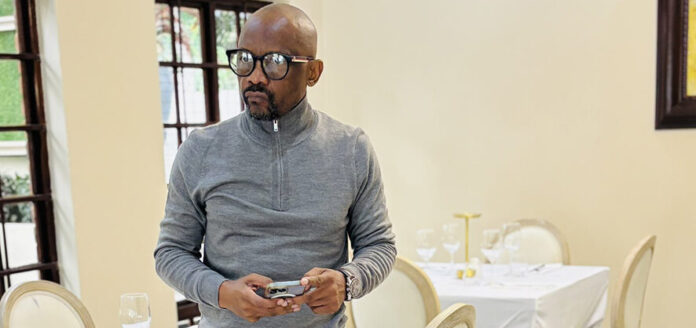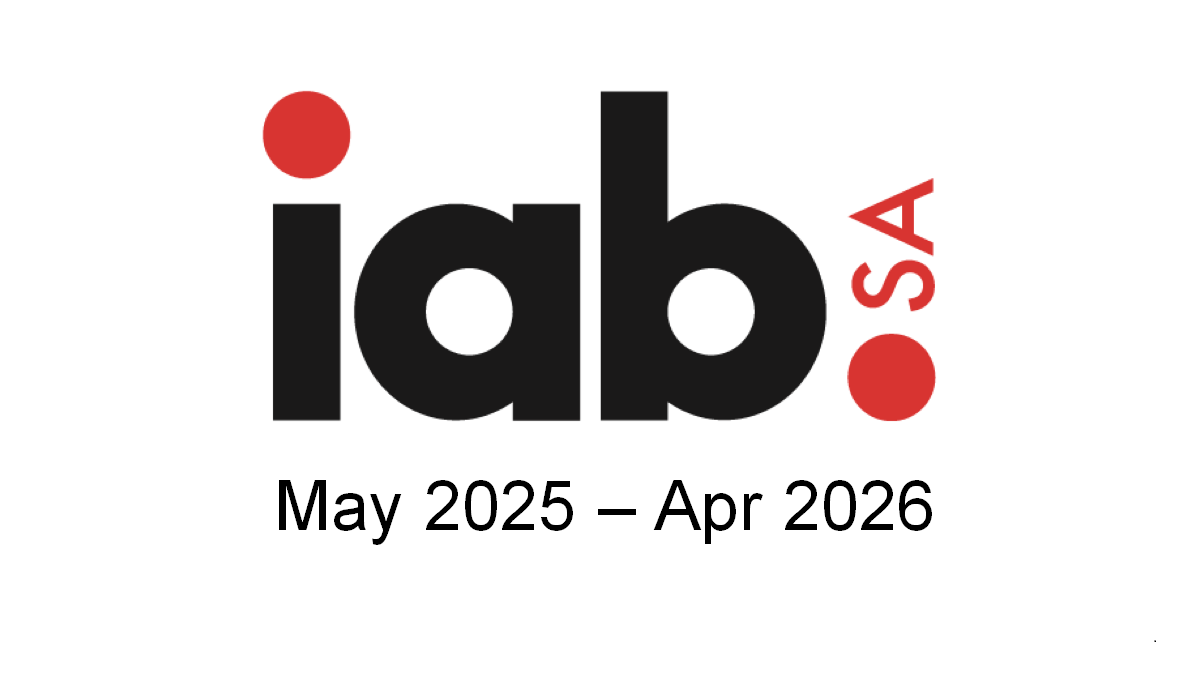The dream of owning a home is colliding head-on with the harsh economic realities of city life, with even accomplished professionals questioning whether suburban living is still worth the price tag.
A recent post by tourism entrepreneur and former government spokesperson Oupa Pilane laid bare the struggle that many are too afraid to admit. Writing on X on July 21, Pilane confessed: “Truth be told, I can’t afford to live in the suburban areas anymore – the rates and taxes and water and electricity bills are becoming unsustainable for me.”
In just a few days, the post garnered over 633 000 views, 887 reposts, 104 quoted replies, 9 085 likes, and 864 bookmarks, demonstrating the widespread impact of his candidness.
One user shared an electricity bill totalling R5 140.41 for a two-bedroom apartment. Pilane replied, “This month mine is like three times [higher],” using crying emojis to express the pain thousands are feeling.
In those few words, the cost of surviving the suburbs is no longer sustainable, even for those who’ve spent years building themselves up.
But Pilane is just one example of a broader, far more alarming reality.
The Ipsos Housing Monitor 2025 reveals that while 92% of South Africans believe everyone has a right to own a home, 49% are worried about affording their rent or bond.
The report, which surveyed adults across 30 countries, places SA among the nations with the highest homeownership aspirations, yet one of the most pressing affordability crises.
Young South Africans, in particular, find themselves stranded. With high youth unemployment and limited upward mobility, many are stuck between the hope of homeownership and the weight of rising bills.
The risk is real: an entire generation may soon be unable to build the security, wealth, and dignity that homeownership traditionally offers. Without meaningful reform, the line between the working middle class and the financially vulnerable will continue to blur – one unpaid municipal bill at a time.



